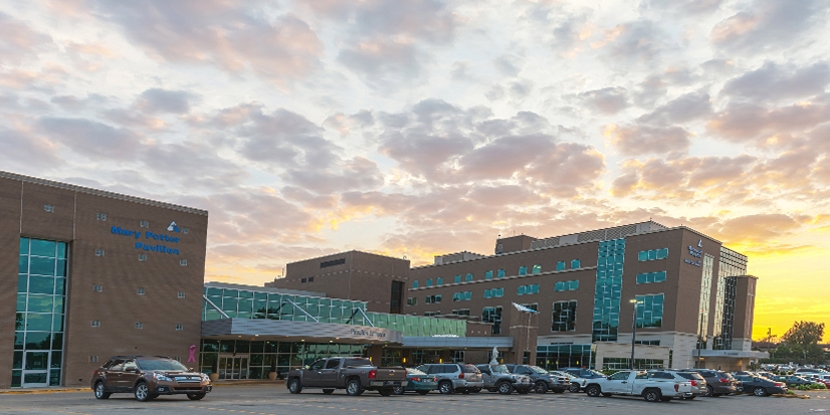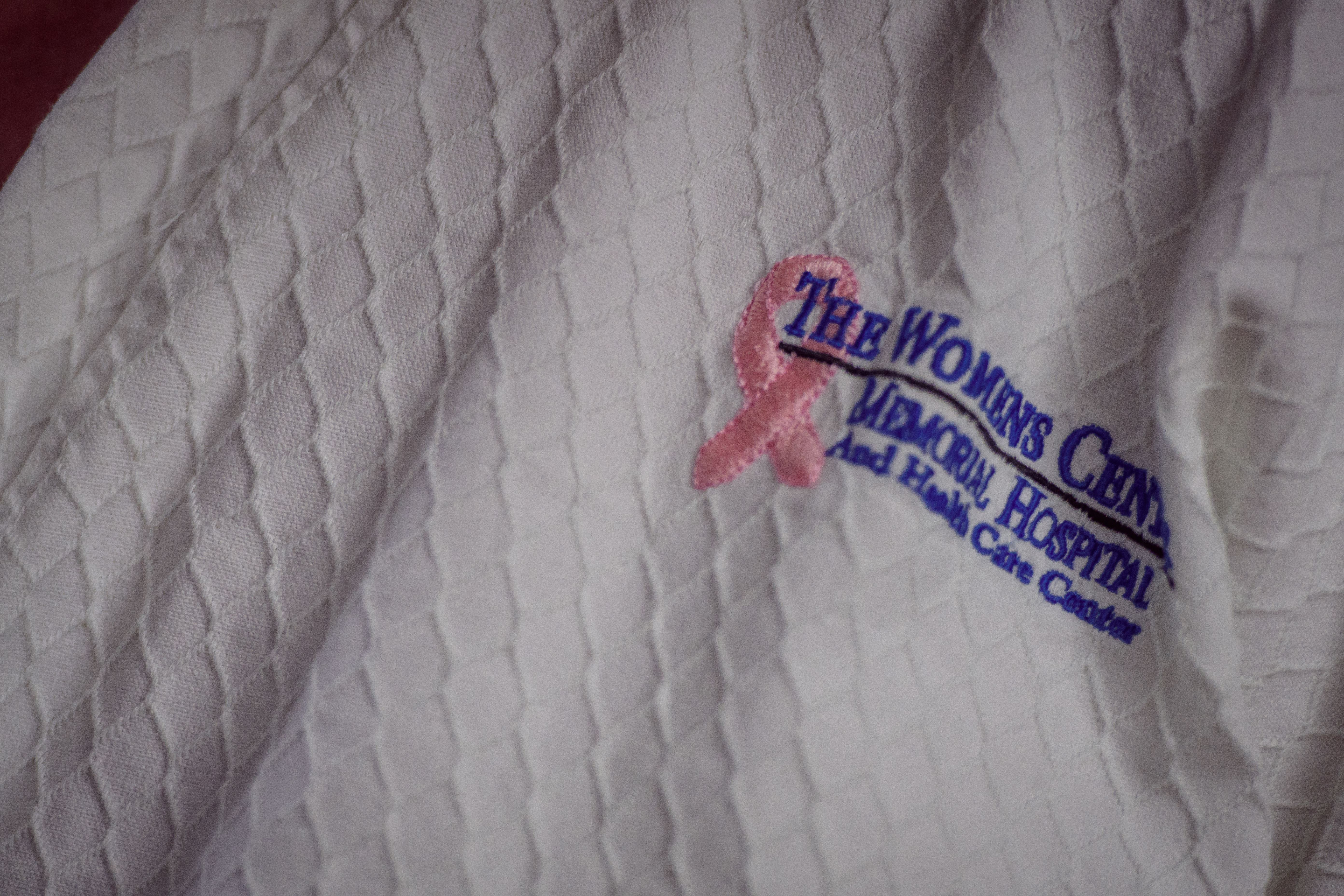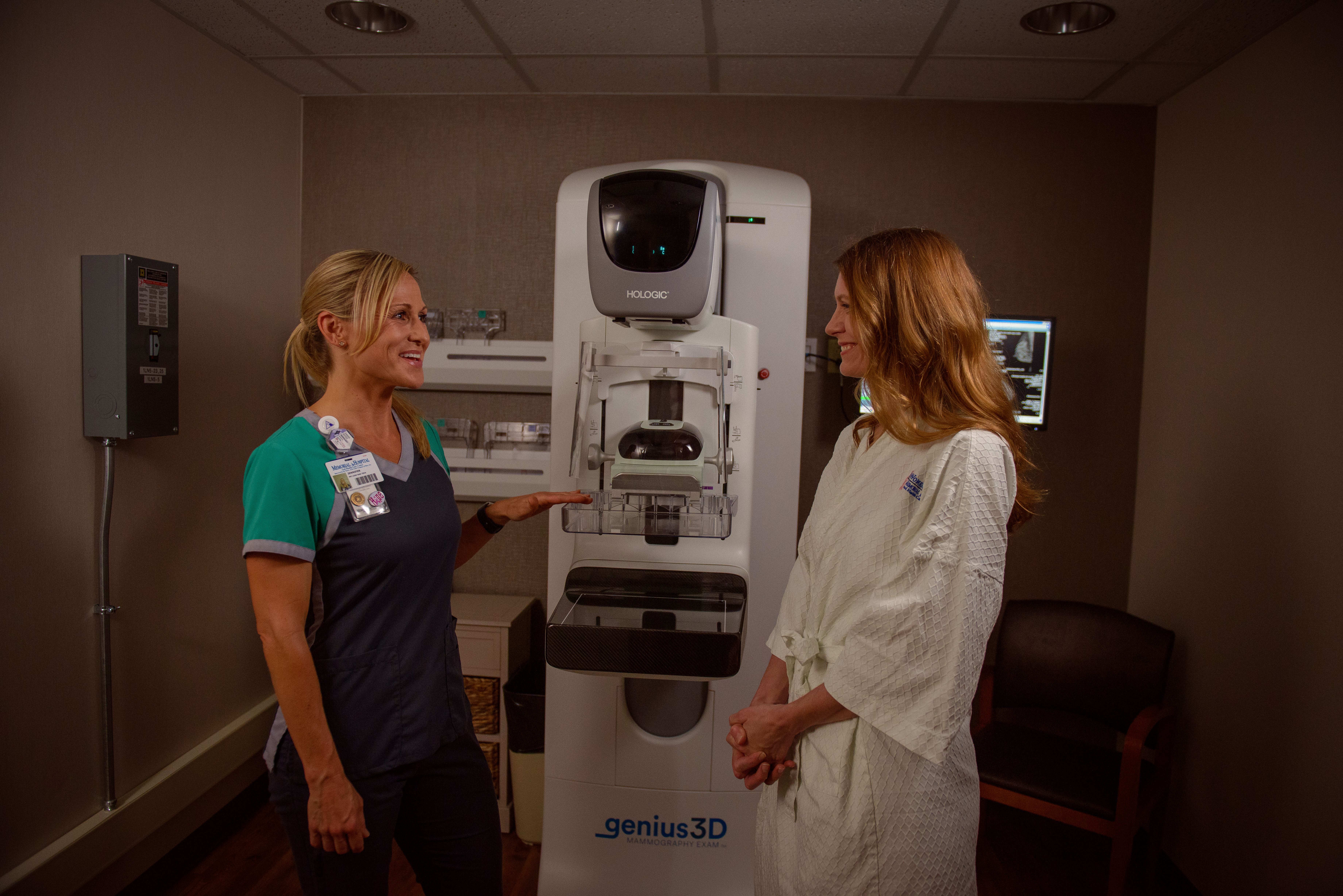
Mammogram
Breast Cancer Screening
Mammograms are nonsurgical exams used for diagnostic and health screening purposes. Mammography is currently the best tool in modern medicine for detecting breast cancer in the earliest stages. The earlier breast cancer is detected, the easier it is to treat it, which is why mammograms should be an important part of every woman’s health and wellness routine.
The Memorial Hospital Women’s Center is equipped with state-of-the-art 3D-digital mammography technology. As the name implies, these mammograms create a 3D image of breast tissue for your radiologists to review. These mammograms create images of every layer of breast tissue, which makes it easier for radiologists to check for signs of breast cancer. 3D digital mammography is particularly beneficial for women with dense breast tissue, especially when performed in conjunction with whole breast ultrasound.
We have been awarded a three-year term of accreditation in mammography as the result of a recent review by the American College of Radiology (ACR).
What Happens During a Mammogram?
There are no incisions or injections needed for a mammogram. 3-D mammography uses X-rays to create images of breast tissue. Aside from some mild discomfort and squeezing on the breast, the exam is painless.
What to expect during 3D Mammography:
- You will be asked to undress from the waist up.
- Each breast will be examined one at a time.
- The technician will place your breast on a platform.
- Another platform from above comes down and puts pressure on the breast for a few seconds.
- The mammogram device will move around your body to take images of the breast from different angles.
- This process is then repeated with the other breast.
Be sure to speak with your provider if you have any questions or concerns.
When Should I Get a Mammogram?
The American Cancer Society recommends that women receive their first mammogram between the ages of 40 and 44. If someone in your family has a history of breast cancer, it is recommended you have your first one sooner rather than later. This initial mammogram will serve as an important reference document for all future mammograms. It tells your care providers what your normal breast tissue looks like so that they can compare it with future results, thereby making it easier to detect abnormalities.
The American College of Radiology (ACR) recommends a screening mammogram every year beginning at the age of 40.
Screening Mammograms:
- Monday-Friday 7:00 a.m. - 5:30 p.m.
- Saturday 7:15 a.m. – 3:00 p.m.
Diagnostic Mammograms:
- Monday-Friday 7:30 a.m. - 2:30 p.m.





